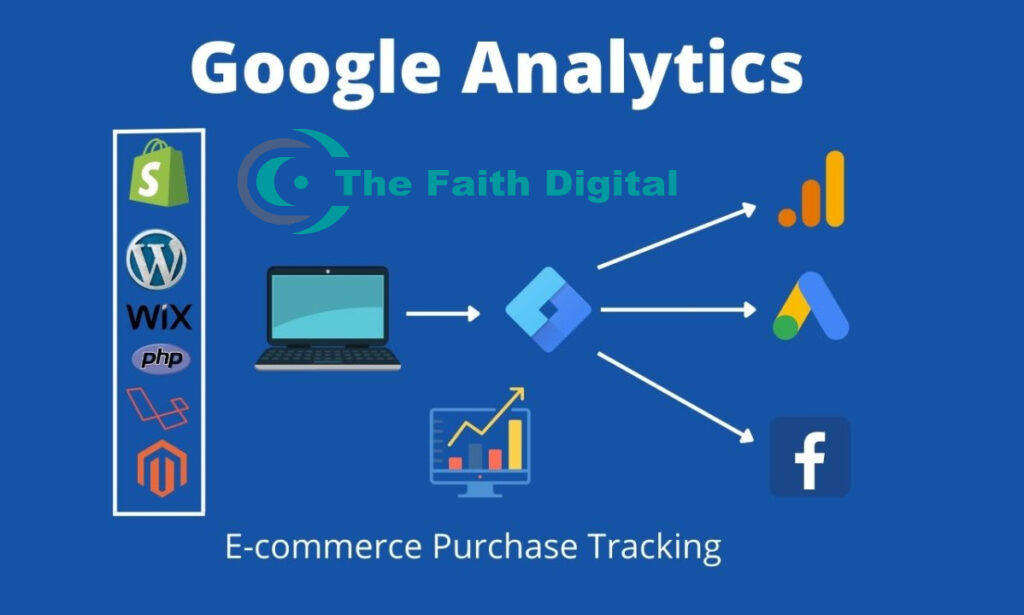
Simplified Tracking Implementation:
GTM allows for a streamlined implementation of tracking codes, tags, and events without requiring direct code changes to the website. This is particularly useful for ecommerce tracking, where various events and data need to be captured.
Flexibility and Customization: GTM provides a user-friendly interface for setting up tags and triggers, allowing you to customize tracking according to your ecommerce site’s specific needs. You can track events like product views, cart additions, transactions, and more.
Centralized Control: GTM acts as a central hub for all your tracking codes and configurations. You can manage all your tracking-related activities in one place, making it easier to maintain and update tracking across your ecommerce site.

Real-time Data Insights: GA4 provides real-time data insights, allowing you to monitor how users interact with your ecommerce site in real time. This helps in making quick and informed decisions to optimize user experience and conversions.
Enhanced User Journey Analysis: GA4 offers advanced features like path analysis and user navigation flows, enabling a deeper understanding of how users move through your ecommerce website. This insight is valuable for identifying bottlenecks and optimizing the sales funnel.
Cross-platform and Cross-device Tracking:
GA4 allows for tracking user interactions across various devices and platforms. It helps you understand the customer journey across different touchpoints, leading to a more comprehensive view of user behavior and preferences.
Install GTM on Your Website: Install GTM on your ecommerce website by adding the GTM container code to your site’s HTML. Follow Google’s instructions for setting up GTM.
Setting Up Ecommerce Tracking with GTM and GA4: Create a Google Analytics 4 Property:Start by setting up a GA4 property for your website in your Google Analytics account. Obtain the GA4 Measurement ID.
Configure GA4 Tag in GTM: Create a GA4 tag in GTM, providing the GA4 Measurement ID you obtained earlier. Set up triggers for events such as page views, product views, add to cart, and transactions.
Enhance Ecommerce Tracking: Configure enhanced ecommerce tracking in GTM to capture specific ecommerce events, like purchases, product views, cart additions, and promotions. Set up data layer variables and triggers for these events.
Test and Publish: Test your setup to ensure that data is being tracked accurately. Use GTM’s preview mode to debug and verify the tracking. Once you’re satisfied, publish the changes in GTM.
Analyze Data in GA4: Access your GA4 property and navigate to the Ecommerce reports to analyze data related to your ecommerce activities. Gain insights into product performance, conversion rates, and user behavior.By leveraging GTM and GA4 for ecommerce tracking, you can collect rich data about user interactions on your website, optimize your sales funnel, and improve overall ecommerce performance.
